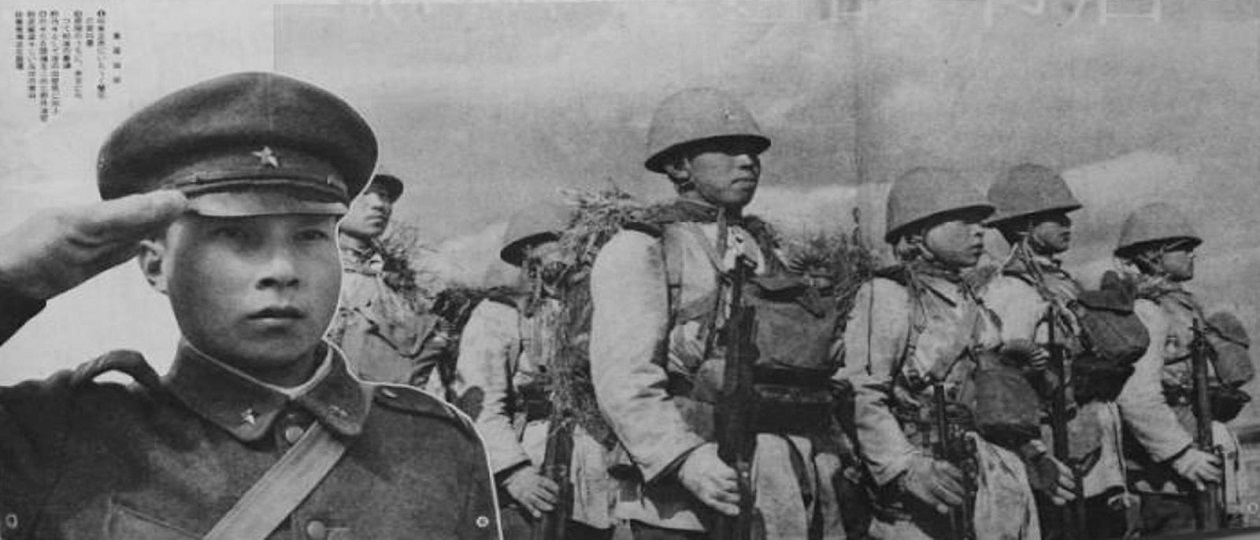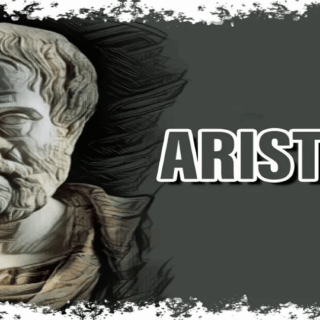
In Manchukuo, the Japanese were creating a completely new state that was theoretically independent, meaning that there were no restrictions on the policies the new state could pursue.
Many university graduates in Japan, despite being opposed to the social system that existed in Japan itself, went to work in Manchukuo, believing that they could carry out reforms there that could later inspire similar reforms in Japan.
It was impossible to carry out any reforms in Japan itself, since the very idea of ”changing the kokutai” was a crime, which led many leftist Japanese university graduates to go to work in Manchukuo.
They believed that they could carry out a social revolution that was impossible in Japan. By 1933, the Japanese state had essentially destroyed both the Japanese Socialist Party and the Japanese Communist Party through mass arrests, leading many leftist Japanese students to conclude that change was impossible in Japan, but still possible in Manchukuo, where the Kwantung Army, paradoxically, sponsored policies unacceptable to Japan.
The Great Depression made it difficult for university graduates to find work in Japan, making the prospect of well-paid work in Manchukuo very attractive to them.
In Manchukuo, the Japanese state was creating an entire state anew, meaning that Manchukuo was desperate for university graduates to work in the newly created civil service.
One such person was Tachibana Shiraki, a former Marxist who became a fanatical rightist after his arrest. Tachibana went to Manchukuo in 1932, proclaiming that the theory of the “five races” working together was the best solution to Asia’s problems, and argued in his writings that only Japan could save China from itself, a complete departure from his previous policy where he criticized Japan for exploiting China.
Other leftist activists such as Ogami Suehiro went to work in Manchukuo, believing that social reforms could be introduced there that would end the “semi-feudal” situation of the Chinese peasants of Manchukuo, and that they could use the Kwantung Army to introduce leftist reforms in Manchukuo.
Ogami went to work in the “agricultural economy” section of the Social Research Department of the South Manchuria Railway, where he wrote reports on the rural economy of Manchukuo that were used by the Kwantung Army.
Many idealistic young Japanese officials who believed they could carry out a “revolution from above” that would improve the lives of ordinary people were changed by having power “gone to their heads,” causing them to behave with insulting arrogance toward the very people they had gone to help in Manchukuo. Land reform plans in Manchukuo were vetoed by the army precisely because they might inspire similar reforms in Japan.





